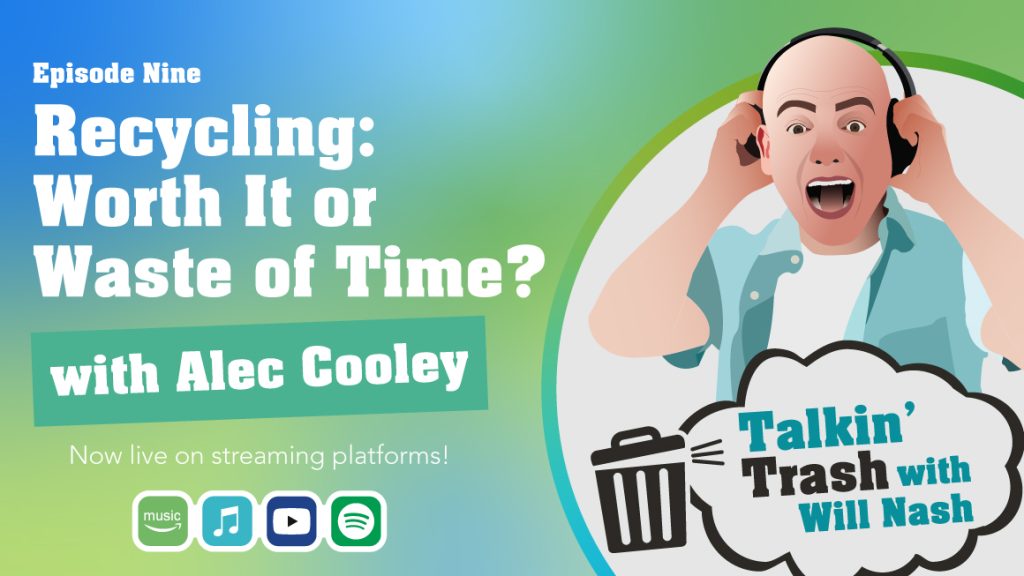As the electronics industry keeps growing, so does electronic waste—or e-waste. Every year, millions of old or broken devices are thrown away. When these items end up in landfills, they can harm both people and the environment. This blog will explain what e-waste is, why it’s a problem, and how proper recycling can help reduce the damage.
What Is E-Waste?
E-waste includes any electronic items that are no longer wanted or working. This can be anything from phones and laptops to TVs, refrigerators, printers, microwaves, and even small items like headphones or keyboards.
When not recycled properly, these devices are often just dumped in landfills—or even shipped to poorer countries, where they are handled in unsafe ways. This creates even more problems for communities and the environment.
Why E-Waste Is Dangerous
When e-waste breaks down in landfills, tiny bits of metal and plastic can leak into the soil. Also, many electronics contain toxic materials that can harm people—especially children—if touched or inhaled.
Sometimes, people search through e-waste for parts they can sell, often without safety gear. This can expose them to dangerous chemicals, which can cause serious health issues, especially with long-term exposure.
Why Recycling E-Waste Is Important
Recycling e-waste isn’t a new idea, but it still needs more support. When electronics are recycled the right way, useful materials like metals and alloys can be taken out and used again. This means we don’t have to dig up new resources from the Earth, which also helps cut down on pollution and greenhouse gases.
Groups like the World Health Organization (WHO) are working on better ways to manage e-waste. They promote safe recycling programs, help monitor e-waste sites, and educate healthcare workers about health risks caused by e-waste.
What You Can Do
Even small actions can make a big difference. Start by checking if your city or town has an e-waste recycling program. If it doesn’t, consider asking local leaders to start one. Some private companies also offer e-waste recycling, even if they aren’t part of your local government.
If you’re familiar with electronics, you might even be able to reuse parts yourself instead of throwing them away.
Final Thoughts
E-waste is a growing problem, but by learning more and making better choices, we can help reduce its harm. Recycling, reusing, and supporting proper disposal programs can protect our health, keep the environment cleaner, and improve how future electronics are made.
Key Takeaways (TL;DR)
- What is e-waste?
E-waste refers to any electronic device or appliance that is unwanted, non-working, or obsolete — ranging from smartphones and laptops to TVs, printers, microwaves, refrigerators, headphones and keyboards. - Why is it a growing problem?
As electronics production and use increase globally, so does the volume of e-waste. Many discarded electronics end up in landfills or are shipped to low-income countries where they are handled unsafely. - What are the dangers?
When e-waste breaks down in landfills, toxic components—heavy metals, plastics, etc.—can leach into soil and water. Unregulated e-waste recycling can expose workers (often without protective gear) to harmful chemicals, leading to serious health risks. - Why proper recycling matters:
Recycling e-waste recovers valuable materials (metals, alloys) which reduces the need to extract new resources, lowers pollution and greenhouse gas emissions. International organizations like the World Health Organization promote safer handling and management of e-waste. - What you can do:
• Check for local e-waste recycling programs in your municipality.
• If none exist, advocate for one or use private recycling services.
• Reuse or repurpose working parts or devices when possible rather than discarding them. - Final takeaway:
E-waste is a growing global issue, but with informed choices—reuse, proper disposal, supporting safe recycling programs—we can help protect human health and the environment while promoting a more sustainable electronics circular economy.
SOURCES:
Electronic waste (e-waste) (WHO)
Electronic waste has grown to record levels. Here’s why that’s a huge problem | CNN (CNN)
E-Waste Crisis and the Role of Circular Practices (Circular Computing, UK)



